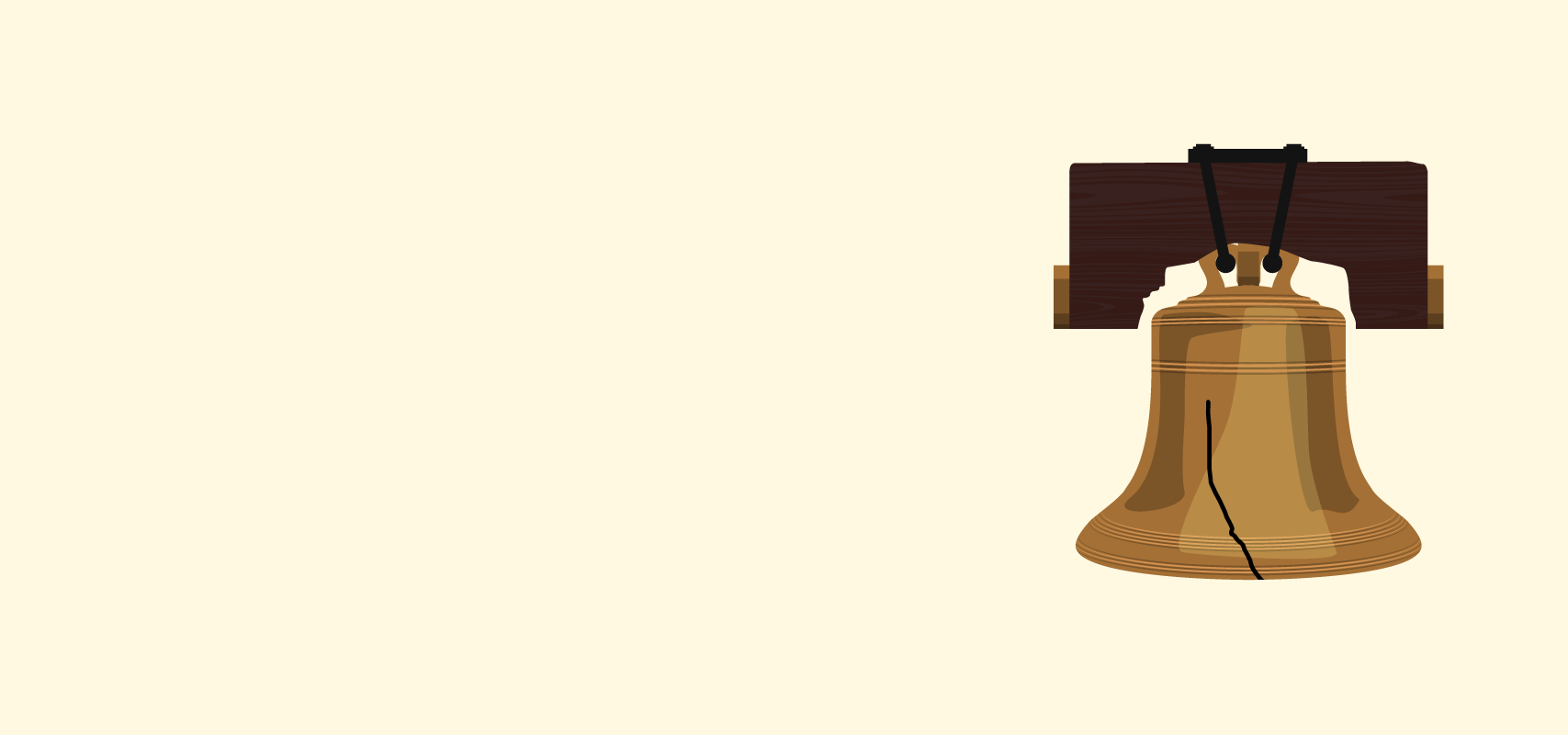
1750-1800
HOME
1800-1850

In the days of the American Revolution, life is difficult and death often comes early. Some patriots even welcome early death if it means they can help secure freedom for the people of the newly created United States of America.
The average life expectancy during this era was 36.
With death quite common in their everyday lives, children have always come to fear it at an early age.
It has always been well understood that when bad people die, they go to Hell.
Old-timers can still recall when church bells tolled for the dead so often, they were deemed by law to have become a public nuisance.
In a more optimistic view of the afterlife, cherubs have started to replace death’s heads on tombstones.
The body has never been preserved, but is buried and mixed with the elements in places deemed to be as restful as the cradle.

After the Revolutionary War, civic symbols, such as urns and willows, have begun to appear more often on grave markers.

Among the greatest American deaths was that of Nathan Hale, who said he wished he had more than one life to give for his country, and Patrick Henry, who preferred death to the loss of liberty.
Photo of Nathan Hale by Getty Images

1754 - French and Indian War begins (also known as Seven Years' War)
1760 - Population of American colonists reaches 1,500,000
1775 - First casualties in the War of Independence at Concord
1789 - French Revolution begins
1793 - Reign of Terror begins in France
1796 - Napoleon defeats Austria
1800 - Native population in present-day U.S.A. falls to 600,000 due to disease and warfare

